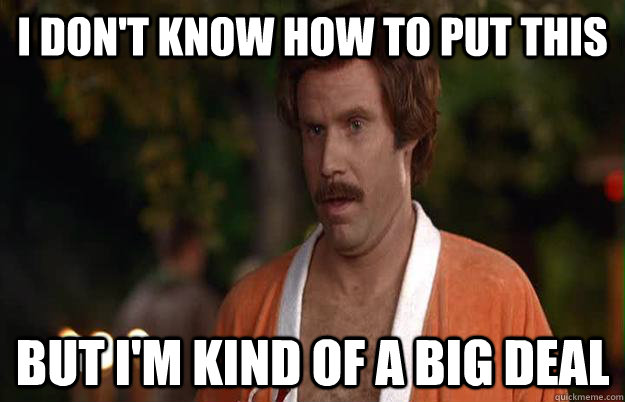Everything went well - students were well behaved regardless of wet weather (unlike previously, as described here), they were focused and they LEARNT SOMETHING.
In fact, it is the first time I have felt successful with my class this year - we've had a fairly eventful and rocky start.
Success is a word we throw around a lot in education. Success of our education system, success as a school, teacher success, student success. We are always brainstorming and reinventing our definition of success as a staff, a stage, as individuals. We ask ourselves What does it look like? Feel like? Sound like?
That's right Ladies and Gentlemen, get out your Y charts.
Richard St. John, in his 2005 TED talk 8 Secrets of Success takes years of research and attempts to define what makes a person successful.
If you're a visual learner like myself, this screenshot will help you consolidate that speedy presentation:
 |
Truth be known, in its own abstract nature, success is a concept that manifests uniquely for each individual. The 'face' of success has a different look and a different feel for everyone. There's no overarching imagery we can use paint a picture of success - in fact, this is as about as close as we get:
 |
Clichéd, I know. But look at his little face!
|
So, with its individual 'face' that looks, feels and sounds different to all of us - how can we measure the abstract concept of success in our students?
We, as teachers, attempt to measure success in a multitude of ways - from achieving 'expected' academic growth in the long term; down to getting them to JUST SIT STILL FOR FIVE MINUTES, FOR THE LOVE OF GOD in the short term.
Our students measure success by achieving their learning goals, by accomplishing success criteria and seeing an improvement in their report marks. Maybe. We hope.
But what about teacher success? When do we get a chance to measure how successful we are? When do we stop to focus on our own accomplishments and achievements? Do our students have to achieve 'success' for us to feel successful?
Judy Halbert and Linda Klaser, the geniuses behind Spirals of Inquiry, have developed four key questions that allow students to reflect on their own learning and understanding.
- Can you name two people in this school/setting who believe that you can be a success in life?
- Where are you going with your learning?
- How are you going with your learning?
- Where are you going next with your learning?
But, perhaps, we should be asking these questions routinely of ourselves. Our feelings of accomplishment should not always be directly correlated with student achievement. Considering Richard St. John's perspective, even if our students are not 'successful', we are - because we persevere even when they don't get it, we are passionate about developing student understanding and we are incredibly dedicated, even when it's really hard.
Hell, somedays, just getting out of bed after one alarm is a success.
So, ask yourself those 4 key questions:
- Can you name two people in your world who believe that you can be a success as a teacher?
- Where are you going with your teaching?
- How are you going with your teaching? (and what makes you say that?)
- Where are you going next with your teaching?
What does the 'face' of success look and feel like for you, and how do you measure success in your pedagogy?

























